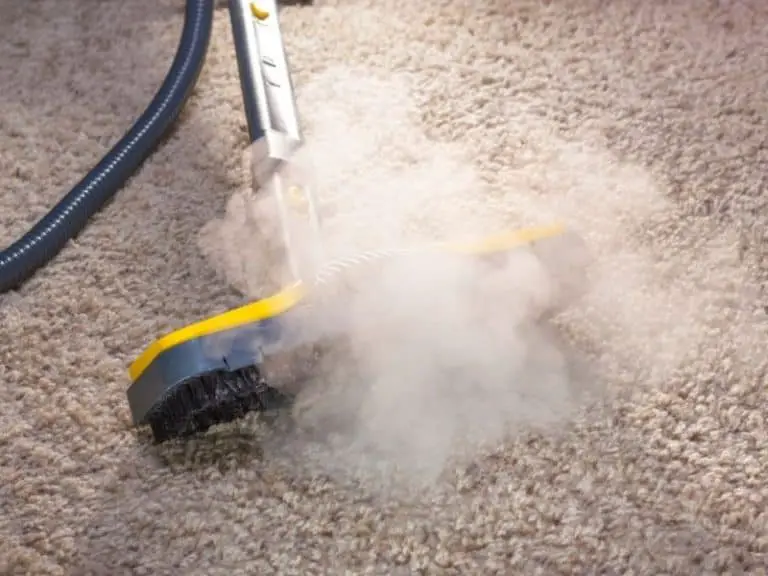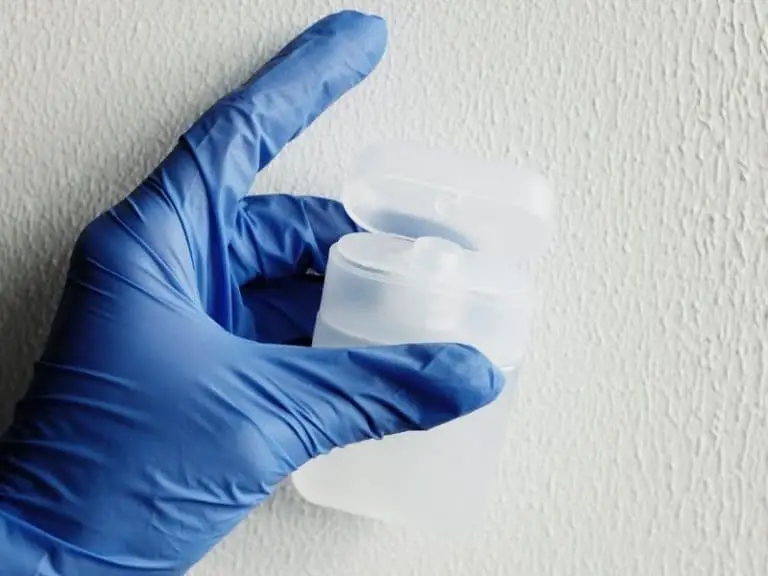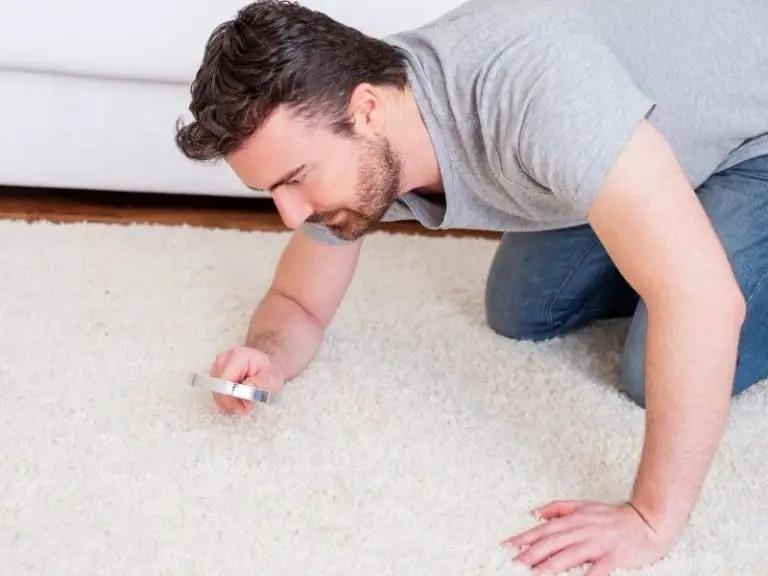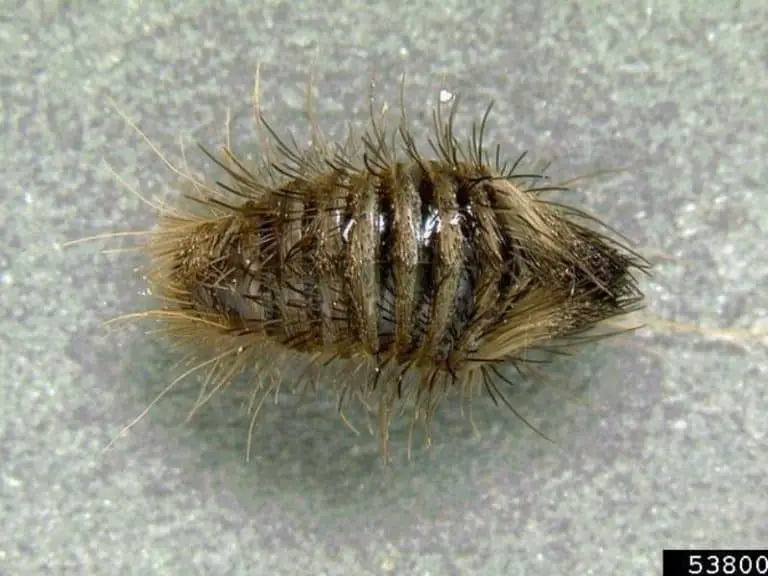Are Carpet Beetles Harmful to You or Your Pets?
There are many pests that can invade your home and wreak havoc on your life. Some are known to spread diseases, others are way less harmful. Carpet beetles are some of the most common household pests in the US and many other parts of the planet, too. This is especially true in late spring to early summer.
So, are carpet beetles harmful? Yes, they are harmful alright. But not in the way you think.
Experts consider carpet beetles as the most harmful types of beetles since they cause substantial damage to clothes, carpets, and other things made out of natural fibers. Carpet beetles don’t bite, but they can cause dermatitis. Larvae carpet beetles can get on your pets and make them scratch.
Having a carpet beetle infestation can be a big problem, especially if you treasure your clothes and other belongings. The same is true if there are kids and pets at home.
Needless to say, it’s of utmost importance that you get rid of carpet beetles without much delay. It can be done via the DIY means or by leaving the task to professional carpet beetle exterminators.
Adult Carpet Beetles vs. Larvae Carpet Beetles
Before we answer pressing questions such as “can carpet beetles hurt you?” or “are carpet beetles harmful to pets?”, let us first talk about the fact that there are a couple of types of carpet beetles that you have to know about.
No, it has nothing to do with the species of these unwelcome house guests. It’s all about their age.
Like carpet beetles, bed bugs are quite common household pests. Both adult bed bugs and young bed bugs, which are known as “nymphs”, can bite you. As soon as the nymphs hatch from their eggs, they feast on human blood.
It’s a totally different story for carpet beetles. The diet of adult carpet beetles is different from the diet of young carpet beetles, which are called “larvae”.
Adult carpet beetles primarily feed on pollen and nectar. However, they can also consume pantry foods, just in case they get trapped in pantries and have a hard time flying back outside.
Larvae carpet beetles, on the other hand, feed on natural fibers such as wool, silk and cotton. They also love eating animal products such as fur and leather. At times, they consume dead insects, dead animals, and some human foods.
Whether adult or young, one thing stays true: carpet beetles do not bite humans and pets.
Many people think that carpet beetles bite. It’s because of this reason why their presence is sometimes mistaken for a bed bug infestation.
However, red and itchy spots on the skin caused by carpet beetles are not bites. They are the symptoms of what health authorities refer to as “carpet beetle dermatitis”.
Not everyone experiences carpet beetle dermatitis. You may have it when you end up with one or more of the following each time you encounter larvae carpet beetles:
- Rash
- Itchiness
- Burning sensation
- Skin inflammation
Some people may have symptoms that kind of resemble an allergy. For instance, they may have runny noses, and red and watery eyes.
Others may experience breathing difficulties, too, which is why carpet beetles and asthma are sometimes linked to one another. Digestive issues may be present in some.
The hairs on the body of larvae carpet beetles can be dislodged. They can easily end up in the eyes or airways. They can be ingested, too. This is why the presence of larvae carpet beetles can affect more than just the skin.
By the way, carpet beetle dermatitis can be caused by larvae carpet beetles only. Adults have nothing to do with it.
Larvae Carpet Beetles are Harmful Pests
Since larvae carpet beetles are the culprits behind carpet beetle dermatitis and, in some cases, severe carpet beetle allergic reactions, they are considered as the more harmful types of carpet beetles age-wise.
It can take anywhere from several months to two to three long years before larvae carpet beetles mature and fly outside your home through open windows and doors, depending on the species.
This only means that it can pester you and damage your clothes and other belongings for a really long time!
Because of this, it’s of utmost importance that you spring into action as soon as you notice their presence.
What makes carpet beetles, particularly larvae or young ones, some of the most hated common household pests is that they can cause a lot of damage.
As mentioned earlier, they feed on natural fibers, which are what many of your possessions are out of. Some of those that larvae carpet beetles can damage include:
- T-shirts
- Sweatshirts
- Pants
- Socks
- Linens
- Upholsteries
- Curtains
- Drapes
- Carpets
Refrain from assuming that just because your items are out of synthetic fibers or materials doesn’t mean that larvae carpet beetles won’t touch them.
If they are stained with food and drinks, they will also leave holes in them. This is especially true if they are blended with natural fibers.
Larvae carpet beetles will eat them, too, if they are stained with your sweat or body oils! This is why leaving dirty and stained clothes all over your home is a complete no-no.
Larvae carpet beetles also love anything that contains animal products. Due to this, aside from the ones mentioned above, they can also cause damage to the following:
- Down and feather pillows
- Fur coat
- Leather jacket
- Leather bags and shoes
- Mounted animals
If you think that the list of foods that larvae carpet beetles find delectable ends there, better think again!
Unlike adult carpet beetles that eat pollen and nectar primarily, larvae carpet beetles can eat all kinds of things. As a matter of fact, they can also eat various human foods.
If they hatch from eggs laid by their parents in pantries, they won’t hesitate to eat common pantry items such as flour, grains, pasta, crackers, and dried fruits.
Did you know that they love snacking on your hair, too? They tend to do this at night when you are fast asleep and lying still. It’s due to this why the rash they leave on the skin that they crawled on are often mistaken for bed bug bites.
Other than human hair, larvae carpet beetles eat pet fur, too.
Kids and Larvae Carpet Beetles
Earlier, we talked about carpet beetle dermatitis. Aside from the damage that your belongings can incur, the itchy and painful rash that larvae carpet beetles bring is another reason why they should go.
Many adults can have an unfavorable skin reaction to larvae carpet beetles. However, kids are more susceptible.
This is because they tend to be at higher risk of coming into contact with those hairy, creepy crawlers. For instance, children are fond of lying or rolling on carpets, infested ones included.
Other than spending a lot of time on carpets, the immune systems of kids are role players as well.
Compared to yours, the immune systems of little ones are not yet fully developed. It’s for this reason why they are more vulnerable to diseases and infections that can easily spread from one person to the other.
Needless to say, people whose immune systems are weak, just like those of children, are at higher risk of carpet beetle dermatitis.
Some of them include older adults and those with certain health or medical conditions. People who are undergoing chemotherapy and other treatments are more vulnerable, too.
It’s true that carpet beetles, adults and larvae alike, don’t bite. However, it doesn’t mean that they are harmless. Having them around can cause problems to kids and others with weakened or compromised immune systems.
Speaking of kids, they may also be responsible for a carpet beetle infestation. They may introduce eggs or larvae carpet beetles into your home when they play outside, and then happen to come into contact with them.
Children may turn adult carpet beetles feeding on pollen and nectar into their pets, and they could be pregnant females.
A single female adult carpet beetle can start an infestation as it can lay up to a hundred eggs at once.
Whether it ends up inside the home by accidentally flying through an open window or door or by being brought inside by a child, a female adult carpet beetle can lay batches of eggs in different places, particularly where the larvae inside can have easy access to food once they hatch from the eggs.
Those safe places include carpets, upholstered furnishings, clothes, and the pantry.
Living With Carpet Beetles and Pets
It’s not just the lives of adults and kids that larvae carpet beetles can wreak havoc on.
These common household pests that like to feed on natural fibers and animal products (and human foods, too) can also mess with pets. Our furry pals are covered with fur, which is one of the many things that larvae carpet beetles love to nibble on.
And now you might want to ask the question: are carpet beetles harmful to pets?
Carpet beetles are harmful to pets in a couple of ways. First, they can leave them with bald spots. Second, they can cause pets to scratch each time they feel larvae carpet beetles crawling on them. Scratching excessively may cause the skin to break, which can potentially lead to an infection.
Especially if your pet cat or dog has a social media account and its photos are getting a lot of likes each time, then having larvae carpet beetles around may no longer encourage a lot of likes.
Nothing can make your pawed pal look less adorable than having an uneven coat or bald spots.
Larvae carpet beetles won’t hesitate to have a diet consisting of nothing but your pet’s hair if they have nothing else to eat. Hundreds of them feasting on the fur of your pet can cause noticeable damage to its coat.
It’s not just the appearance of your cat or dog that you should be worried about but also its comfort.
Just like their sense of sight, smell, and hearing, the sense of touch of pets are heightened, too. This is why they can feel it each time that something is crawling on them, such as ticks and fleas.
They can also detect the presence of larvae carpet beetles on their bodies. This is especially true since young carpet beetles are covered with hairs.
Your pet will surely scratch the moment it feels that it has larvae carpet beetles snacking on its fur. It will definitely scratch like there’s no tomorrow if it has carpet beetle dermatitis, just like some humans.
Scratching a lot and aggressively can cause the skin of your pet to break. When that happens, there’s a possibility that bacteria will invade it.
This can easily lead to an infection which, if your pet’s immune system fails to put in under control, can worsen and spread, and also cause secondary problems.
Are carpet beetles harmful to cats? Yes, they are! Are carpet beetles harmful to dogs? Yes, they are! For as long as your pet has fur, it’s possible for it to be bothered by those pesky larvae carpet beetles.
Going to the Vet is Not the Solution
Nothing can be heartbreaking to an animal lover more than seeing his or her pet in distress. If there are larvae carpet beetles around, chances are that your furry friend is being pestered by them.
To keep your pet from scratching a lot or to treat the wounds resulting from it, you may seek the help of your trusted veterinarian.
Unfortunately, a trip to the animal clinic is just like a band-aid. It only covers the problem, not deals with it. For as long as the root cause is around, your pet will keep on suffering.
If there is a carpet beetle infestation in your home, a veterinarian can help treat the wounds and infections resulting from aggressive scratching.
However, he or she cannot put the infestation to an end. The moment that your cat or dog steps foot inside your home once more, larvae carpet beetles will cause them to itch and scratch all over again.
What you need to do is put to an end the cause of your pet’s incessant scratching: larvae carpet beetles.
You have a couple of options when it comes to dealing with the infestation.
First, you may carry out some DIY solutions. The good thing about exterminating larvae carpet beetles with your own two hands is that it’s easier compared to eliminating other common house pests, such as bed bugs.
Both adult bed bugs and their nymphs live indoors. This means that some of them will keep on laying eggs in cracks and crevices, thus keeping the number of bed bugs residing in your home always up.
On the other hand, only larvae carpet beetles tend to infest homes. Adult carpet beetles are busy outside enjoying pollen and nectar.
Unless a female adult carpet beetle gets inside your home by flying through an open window or door to lay some eggs, the population of larvae carpet beetles will not increase.
Installing pest traps near the food sources of larvae carpet beetles will give you an idea of how big the infestation is.
When shopping for pest traps, make sure that you opt for non-toxic ones that are free of pesticides. This is especially true if you have a child or pet, or you suspect that there are larvae carpet beetles in the pantry or kitchen.
Using pest traps alone won’t bring the problem to an end. You should pair the installation of pest traps in strategic places with a more proactive approach, such as by carrying out the following:
- Vacuuming and steam cleaning carpets, upholsteries, mattresses, and other infested items.
- Washing clothes, pillowcases, curtains, and other launderable items in hot water.
- Tossing clean or newly washed items in the dryer.
- Spraying infested items and hiding places with diluted white or apple cider vinegar.
- Dousing larvae carpet beetles and the eggs with essential oils like peppermint and clove.
- Sprinkling boric acid, diatomaceous earth, or baking soda on problem areas.
- Placing cedar, which you can buy from a hardware store, in cabinets and closets.
After successfully dealing with the problem, it’s also a good idea to keep the infestation from striking all over again. You can do this by opting for items out of synthetic materials instead or natural fibers.
Limit your belongings that contain animal products. Store pantry foods in plastic containers.
It will also help a lot if you keep your home clean and clutter-free. That’s because lint, dead insects, loose human and pet hair, and food scraps attract larvae carpet beetles.
Contact an exterminating company if it seems like you cannot deal with carpet beetles on your own.
Just Before You Exterminate Carpet Beetles
So, are carpet beetles harmful to you or your pets? They certainly are, in particular larvae carpet beetles.
These tiny hairy invaders can damage your carpet, clothes, and many other belongings, and make you itch and scratch.
Larvae carpet beetles can also wreak havoc on the coat of your pet, and leave it scratching incessantly.
Because of the inconveniences that they bring, it’s a must that you deal with carpet beetles.
The sooner that you spring to action, the quicker that you (and your pet, too) can go back to having a normal everyday life.
Photo credit: ©canva.com/ryanjlane
Medical Disclaimer: TheHomePestControl is a digital publisher and does not offer personal health or medical advice. The contents of this website are not intended to substitute for professional medical advice, diagnosis, or treatment.
Affiliate Disclaimer: As an Amazon Associate, I earn from qualifying purchases made on our website. If you make a purchase through links from this website, I may earn a commission at no additional cost to you.






